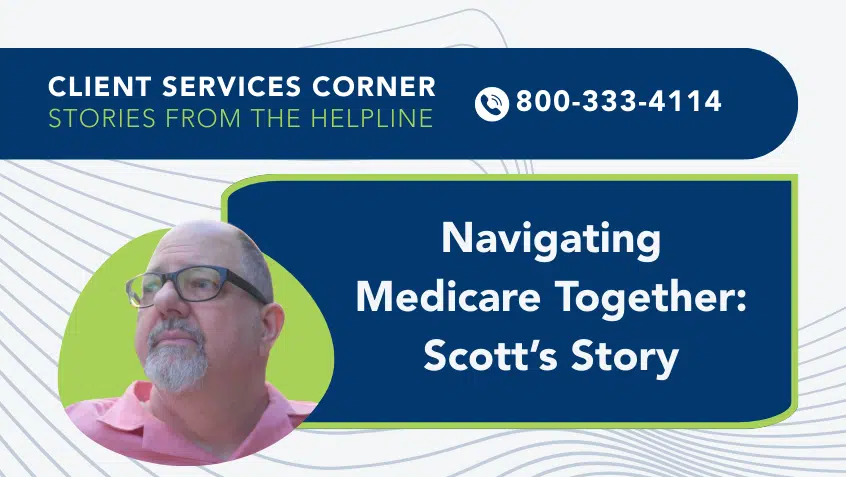Join Us Live for a Discussion on Medicare, Democracy, and the Future of Health Care
Administrative Proposal to Lower Medicare Drug Prices Shows Promise but Risks Remain

In November, the Centers for Medicare & Medicaid Services (CMS)—the agency that oversees the Medicare program—announced new proposals that could potentially lower prices for some of the drugs covered by Medicare Part B, but may also threaten access to medications for people with Medicare. CMS invited comment on their proposals and, last month, Medicare Rights responded.
Health care affordability is a top issue on our national helpline each year, and the high cost of prescription drug coverage is one major component of this. Most of the medications people with Medicare take are covered under Part D. Part B only accounts for a small percentage of Medicare-covered drugs, but they are some of the most expensive. It is clear that Part B medications can drive significant out-of-pocket costs for people with Medicare with life-altering conditions like cancer, end-stage renal disease, or rheumatoid arthritis.
For example, Mr. B recently called the Medicare Rights helpline. He was prescribed a much-needed but very expensive Part B cancer medication. Unfortunately, he could not afford to pay the $1,000 in required cost sharing and had no available assistance to help defray this expense. Other recent callers have been unable to afford their cancer treatments or infusion therapies because of a combination of high costs and limited incomes. Circumstances like these may drive patients away from treatments and lead to more suffering and tragically shorter lives. Reducing the out-of-pocket liabilities for people with Medicare can help increase access and regimen compliance, which in turn can improve health, economic stability, and well-being.
In its proposal, the administration suggests several big changes, including a controversial strategy to link the price of some Part B drugs more closely with the prices paid in other countries. This is called an “International Pricing Index,” and it could potentially lead to savings for people with Medicare and the Medicaid program. However, it could also have the opposite effect, leading to higher costs and reduced access to care. Therefore, if CMS does pursue this or a similar approach, it must build in safeguards to ensure that linking domestic and international prices does not spur manufacturers to stop selling their products to Medicare beneficiaries or lock American consumers into paying perpetually higher prices. There must be a mechanism in place to keep Medicare and beneficiary costs down if international prices grow to match US drug prices instead of US drug prices shrinking to match international prices.
The proposal included other strategies the administration hopes would lower prices, but not all are likely to achieve significant savings or improvements for people with Medicare. For example, the administration would change how providers obtain certain Part B medications and create new middlemen in the supply chain. We are concerned that this would do little or nothing to bring down prices but may drive some providers to leave the Medicare program and reduce access to care for people with Medicare.
Medicare Rights appreciates that the administration appears to be recognizing the need to address high Part B drug prices, and we hope CMS and Congress will eventually turn their eyes to other sources of coverage for needed medications such as Part D drugs and private coverage. Lowering prices at the pharmacy counter must be a priority to protect the health and economic security of all, including Medicare beneficiaries and their families.
Read more about these proposals.
Read our comments on these drug pricing proposals.
Read more about the difference between Medicare drug coverage under Parts D and B.
Show Comments
We welcome thoughtful, respectful discussion on our website. To maintain a safe and constructive environment, comments that include profanity or violent, threatening language will be hidden. We may ban commentors who repeatedly cross these guidelines.
Help Us Protect & Strengthen Medicare
Donate today and make a lasting impact
More than 67 million people rely on Medicare—but many still face barriers to the care they need. With your support, we provide free, unbiased help to people navigating Medicare and work across the country with federal and state advocates to protect Medicare’s future and address the needs of those it serves.
The Latest
Most Read
Add Medicare to Your Inbox
Sign up to receive Medicare news, policy developments, and other useful updates from the Medicare Rights.
View this profile on InstagramMedicare Rights Center (@medicarerights) • Instagram photos and videos









